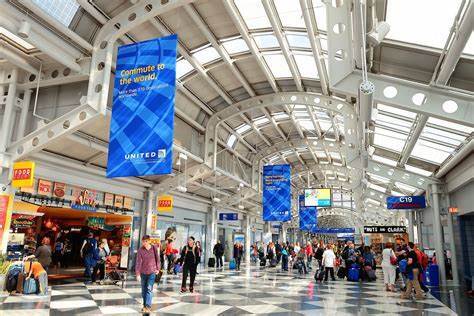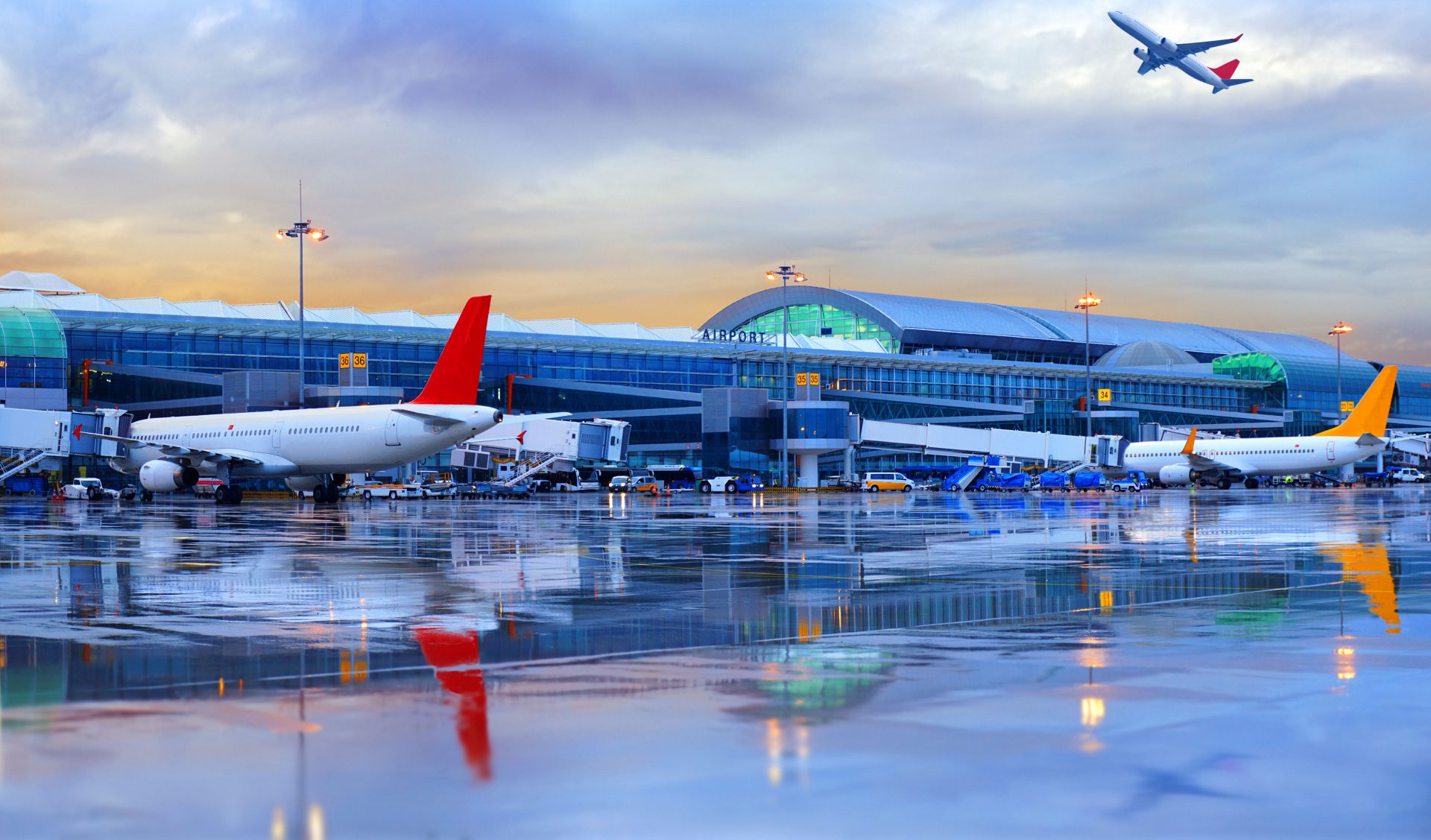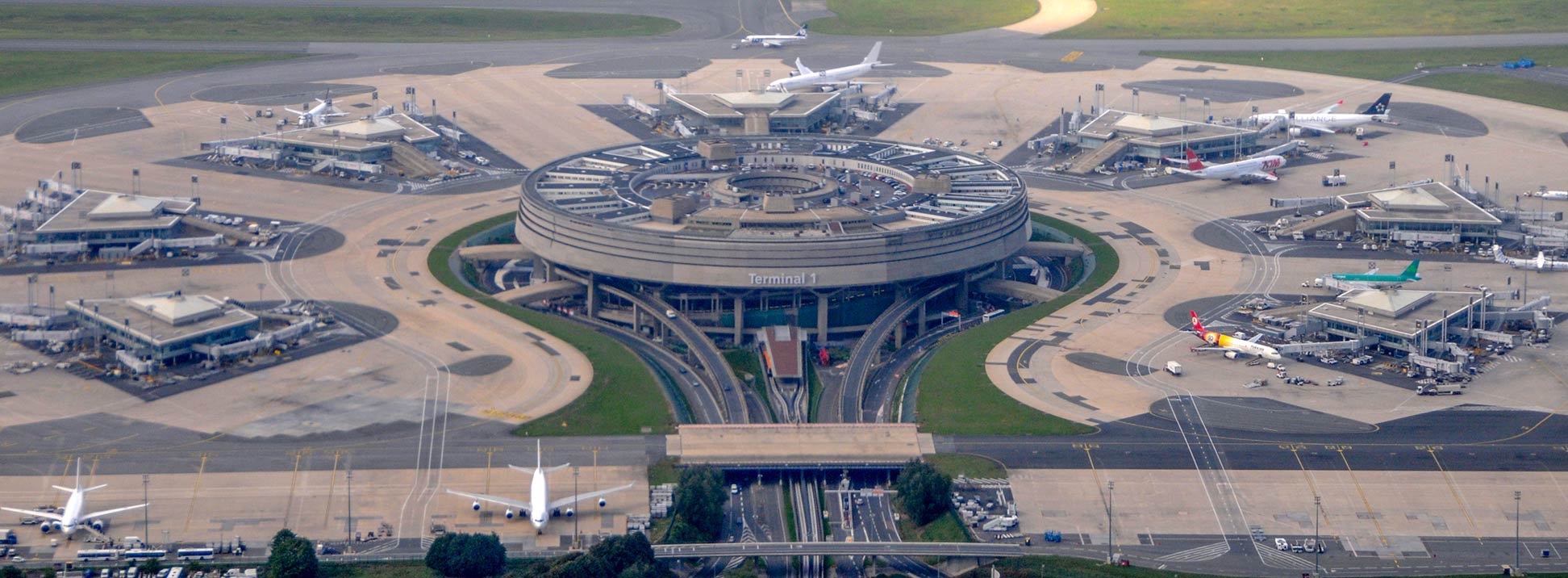AAI Partners with SITA: 43 Airports to Implement Cloud-Based Technologies for Enhanced Passenger and Bag Processing

AAI Partners with SITA: 43 Airports to Implement Cloud-Based Technologies for Enhanced Passenger and Bag Processing
The Airport Authority of India (AAI) has partnered with SITA, a global airlines IT services solution provider, to implement cloud-based technologies at 43 airports across the country. This collaboration aims to enhance passenger and baggage processing by integrating new-age solutions and improving over 2,700 passenger touchpoints.
The adoption of cloud-based technologies will enable airports to meet the evolving expectations of modern passengers, providing them with a seamless and efficient travel experience. This strategic partnership between AAI and SITA demonstrates the commitment of Indian airports to leverage advanced IT solutions for enhancing operational efficiency and passenger satisfaction.

The implementation of cloud-based technologies at the 43 airports is just the beginning, as the system is designed to be scalable to an additional 40 airports in the coming seven years. This expansion plan indicates the long-term vision to enhance passenger and baggage processing capabilities across a wider network of airports in India.
With the ability to process over 500 million passengers during this period, the scalability of the technologies demonstrates the intention to cater to the growing demands of air travel in the country. The adoption of these advanced technologies is poised to significantly improve operational efficiency and passenger experience, ensuring smoother and more seamless journeys for millions of travelers.
According to Sumesh Patel, the President of Asia Pacific at SITA, the adoption of cloud-based technologies at the airports will empower passengers with greater control over their journey. This will be achieved through low-touch and efficient check-in, bag drop, and collection processes, facilitated by both assisted and self-service mechanisms. Passengers will benefit from a more streamlined and personalized travel experience.

The implementation of these technologies will also bring several advantages to the airports themselves. They will experience a reduced infrastructure footprint and increased operational efficiency, leading to improved overall performance. Additionally, airlines will benefit from reduced service charges and the opportunity to leverage the agile technology platform to create customized and tailored passenger experiences.
This comprehensive approach, as highlighted by Sumesh Patel during the press conference, aims to enhance the entire passenger journey, benefiting passengers, airports, and airlines alike.
Sumesh Patel further emphasized the benefits of adopting cloud solutions in airport operations. The implementation of cloud-based technologies enables airports to scale their operations efficiently as passenger numbers increase. This scalability ensures that airports can accommodate growing demands without compromising on service quality.
:max_bytes(150000):strip_icc()/25669057848_c28166c0a6_k-5bddf91346e0fb002653d381.jpg)
In addition to scalability, the cloud-first approach enhances security measures, providing a robust and reliable framework for data protection. By hosting technologies on a centralized cloud platform, airports can reduce on-premise infrastructure costs, leading to greater cost-effectiveness. Centralized control enables proactive monitoring and management of services, ensuring smooth and uninterrupted operations.
Moreover, the adoption of cloud solutions offers airlines the opportunity to leverage progressive technologies and move away from native applications. This shift allows airlines to embrace innovations and provide enhanced services to passengers, aligning with evolving industry trends and customer expectations.
Sumesh Patel’s insights highlight the manifold advantages of cloud-based solutions, including agility, scalability, enhanced security, cost savings, centralized control, and the ability to leverage advanced technologies for improved passenger experiences.
Sumesh Patel elaborated on the positive impact of the new cloud technology rollout, stating that it would enable Indian airports to transition to common-use passenger experiences. This means that multiple airlines can leverage the same infrastructure, including check-in counters, self-service kiosks, and boarding gates. This approach promotes operational efficiency, cost savings, and a more seamless experience for passengers.
/GettyImages-asi04870-3bca746b9b2b40c2aaed96905c4bd0d6.jpg)
Patel also highlighted the anticipated increase in the number of airports in India, projected to rise from 148 currently to 220 by 2025. The expansion of airports will effectively connect nearly 50 cities in India with populations exceeding one million people. This improved connectivity will create significant long-term economic value by facilitating better access to these cities and unlocking their full growth potential. Air travel and transport will play a vital role in driving India’s economic development and fostering greater regional connectivity.
Sumesh Patel emphasized the crucial role of efficient and seamless operations in delivering the full potential of India’s air transport industry opportunity. To achieve this, SITA will deploy its advanced solutions, including SITA Flex, Common Use Passenger Processing System (CUPPS), SITA Common Use Self Service (CUSS), and SITA Bag Manager.
SITA’s state-of-the-art platforms are IATA-certified and provide airlines and ground handlers with the advantages of common-use technologies. These solutions offer scalability and flexibility, allowing for tailored operations that meet specific operational requirements. SITA Flex enables efficient management of passenger and baggage processing, while CUPPS and CUSS streamline check-in and self-service processes. SITA Bag Manager ensures effective management and tracking of baggage throughout the journey.

Sumesh Patel highlighted that with the implementation of SITA’s solutions, officers from the Airport Authority of India (AAI) now have access to online real-time dashboards, eliminating the need for monthly service availability reports. This shift enables AAI officers to stay well-informed about the availability of systems across all airports at any given moment. By having this real-time visibility, they can optimize operational efficiency and ensure smooth operations throughout the airport network.
Additionally, Patel emphasized that SITA, a Geneva-based company, delivers technology-based solutions that contribute to seamless, safe, and sustainable air travel. SITA’s expertise and offerings cater to the needs of airlines, airports, aircraft, and governments, enabling them to enhance their operational capabilities and provide an efficient and secure travel experience.
By leveraging SITA’s technology-driven solutions, the Airport Authority of India and other stakeholders in the aviation industry can benefit from streamlined operations, improved decision-making processes, and enhanced passenger services. The focus on real-time data and advanced technology aligns to deliver seamless and sustainable air travel experiences.




